Digital Downloads
Files can be purchased for $5.00 as a download at approximately 1920 x 1300 Pixels, 72dpi for personal use. The image dimensions might change slightly depending on the aspect ratio of the picture. Personal use means non-commercial use of the image(s) and can be used for display on computers and digital devices.
A view looking out a window to a fresco in the garden area of the House of Ceii in the ancient Roman city of Pompeii.
A view of the town of Amalfi and the surrounding cliffs overlooking the Tyrrhenian Sea from the Amalfi Cathedral, Italy.
A striking feature of the interior of the Siena Cathedral in Tuscany, Italy are the black and white marble columns which represent the colors of the coat of arms of Siena.
The arches in the Almafi Cathedral Loggia (open arcade), at the main entrance of the cathedral, have alternating stripes of dark and light colored marble and are held up by granite Corinthian columns.
Standing adjacent to the Basilica of Santa Maria del Fiore and the Baptistry of St. John, the Giotto’s Bell Tower is one of the showpieces of Florentine Gothic architecture with its design by Giotto di Bondoni, its rich sculptural decorations and its polychrome marble encrustations. Through this work, Giotto has become one of the founding fathers of Italian Renaissance architecture.
Stair detail of the Pyramid of the Magician in the Uxmal Maya archaeological zone.
Stairs lead up to the platform below the east frieze of the Palace of the Governor at the Uxmal Maya archaeological zone. More than 200 stone mosaic masks of Chaac, the rain god, appear on the palace façade, their lower eyelids all bearing the symbol for Venus, in deference to the planet.
A cistern underneath the Real Alcazar in Sevilla, Spain, used for drinking water.
Rays of sun filter through an upper window of the maqsura area of the great Mezquita of Cordoba, Spain.
The bell tower from the Iglesia de Santa Cruz rises above a narrow street in Sevilla, Spain.
Ornate archways in the Real Alcázar de Sevilla adorn the entrance to the Patio de las Doncellas in this classic example of the Mudéjar style, combining Moorish, Renaissance, and Romanesque elements.
At Casa de Pilatos in Sevilla, Spain, 150 different vintage 1530’s azulejo (Spanish glazed tile) designs adorn this Italian Renaissance wall through which a carved Mudéjar style door leads to a courtyard.
Looking out a 15th century Nasrid window at the Iglesia de San Cristóbal in Cordoba, Spain.
Scalloped arches, carved marble and tile adorn the maqsura area in the great Mezquita of Cordoba, Spain.
Ornate archways in the Real Alcázar de Sevilla adorn the entrance to the Patio de las Doncellas in this classic example of the Mudéjar style, combining Moorish, Renaissance, and Romanesque elements.
Mosaics, carved marble, horseshoe and scalloped arches adorn the maqsura area around the mihrab in the Mezquita of Cordoba, Spain.
Remnants of the 11th Century Moorish wall is a reminder of Sevilla’s multilayered history.
In the main prayer hall of the Mezquita-Catedral de Cordoba, double tiered arches are supported by columns made of jasper, onyx, marble, granite and porphyry reused from earlier Roman and Visigothic buildings.
Moorish and Renaissance styles combine to create a beautiful aesthetic in the Palacio de las Dueñas, Sevilla, Spain.
A section of the Castelo de S. Jorge, an 11th-century Moorish castle on a hilltop in Lisbon, Portugal.
Layers of paint are exposed on a weathered door leading through the wall of an old farmhouse in Sintra, Portugal.
A section of the Fontana dei Quattro Fiumi (Fountain of the Four Rivers) in Piazza Navona, Rome.
Looking down a narrow street in the Rebeira district of Porto, Portugal.
San Juan Bautista, California. Arches recede to the background in this perspective shot from the arcade of the Mission San Juan Bautista. The mission was founded on June 24, 1797 by Padre Fermin Francisco de Lasuen and was the fifteenth of all twenty-one missions built in California.
Streetlight in front of the Centrale Montemartini. Created in 1896 from a foundry in Florence, these structures were designed to support cables for the electrical supply for tram lines. Later they were used for the lighting of the city center.
The 12th century was the peak of high Gothic architecture in Europe and the cathedral in Reims, France is one of the most magnificent examples of this style. Nikon F5, Zeiss 100mm f2, Fuji Provia 100.
This a close-up of the elevation control gears and trunnion from an 1892 305mm Howitzer located at Montjuic Castle in Barcelona, Spain.
Gothic iron gate in front of a stained-glass window in the Bourges Cathedral, Bourges, France.

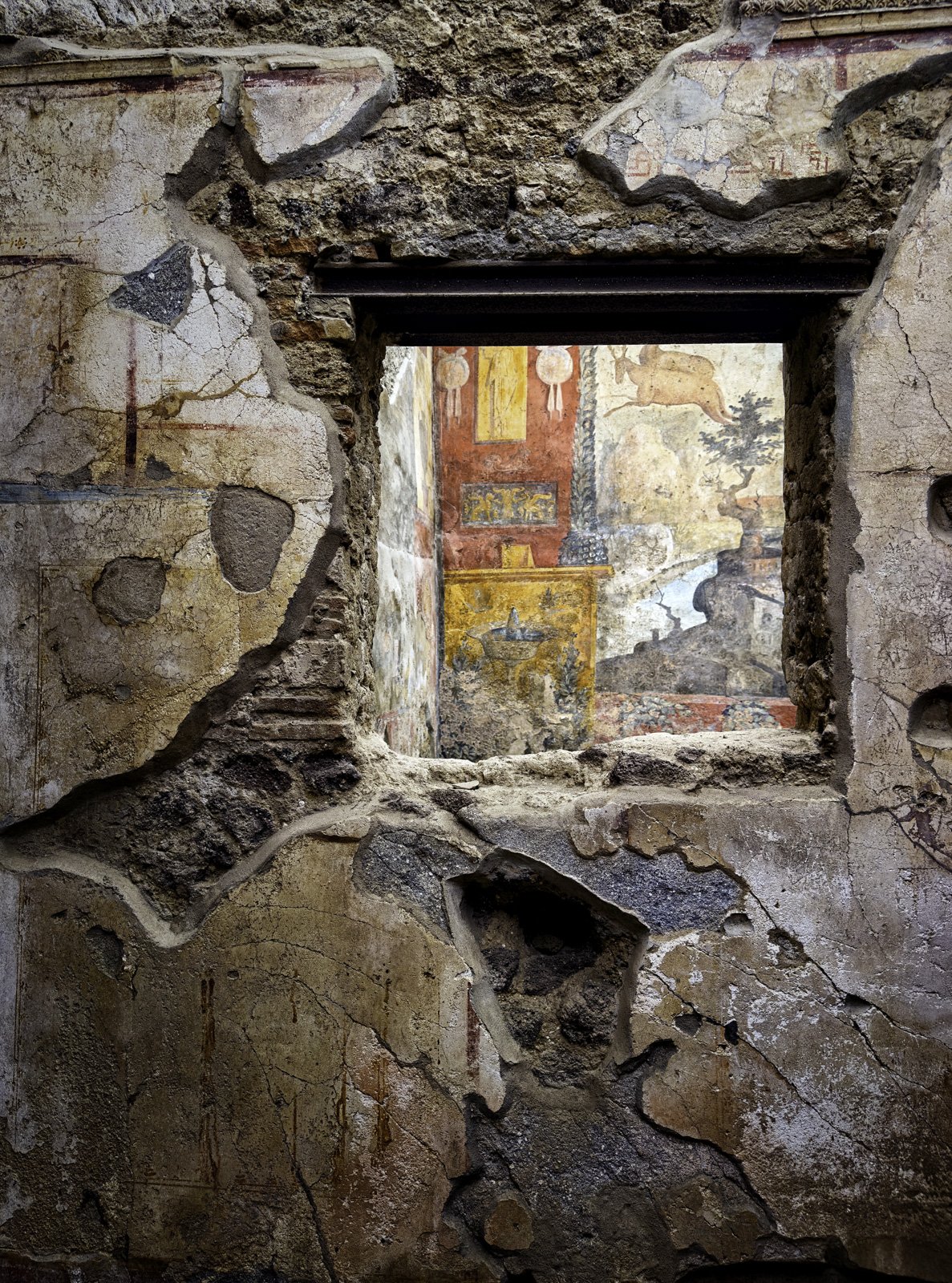
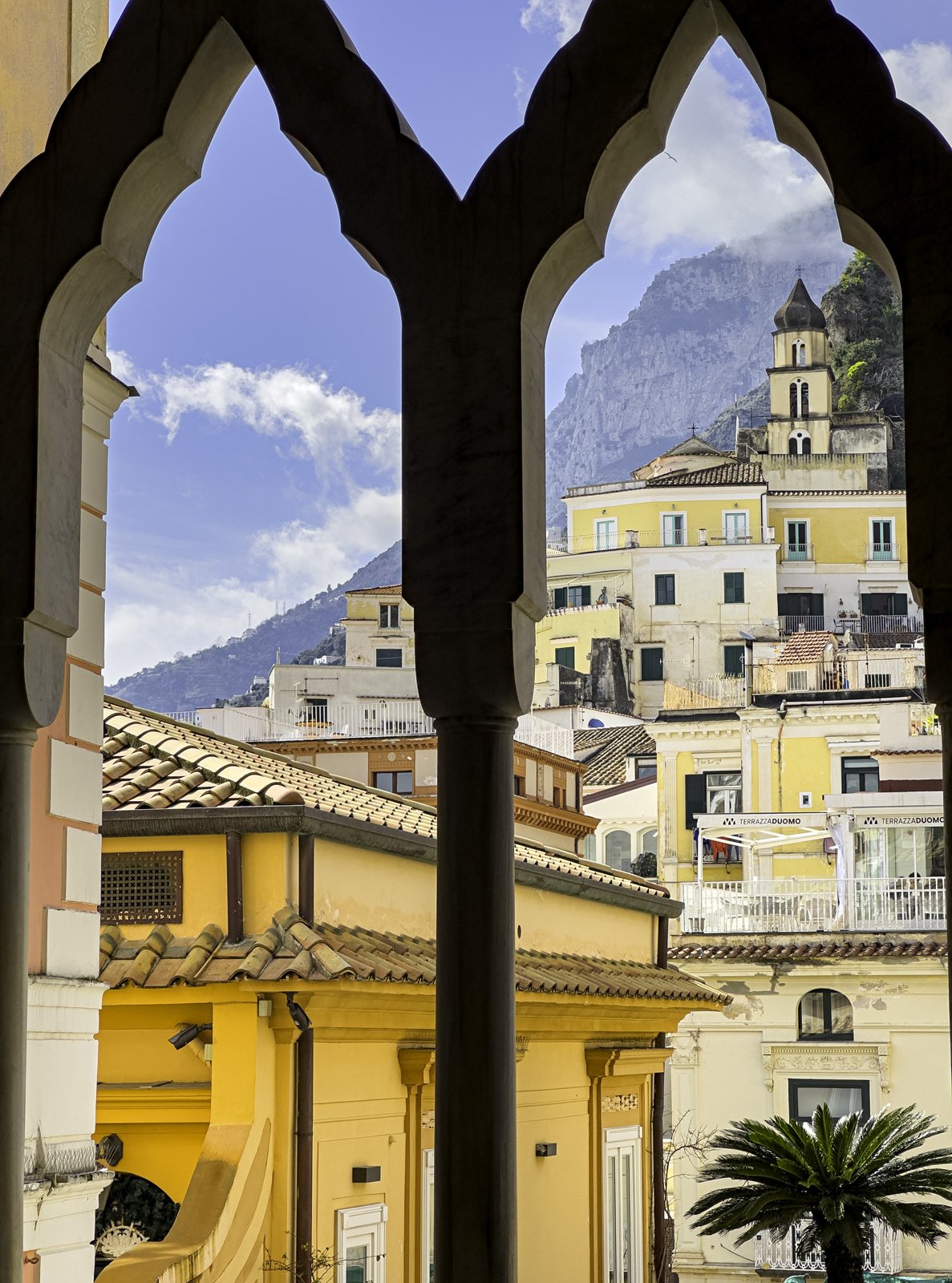
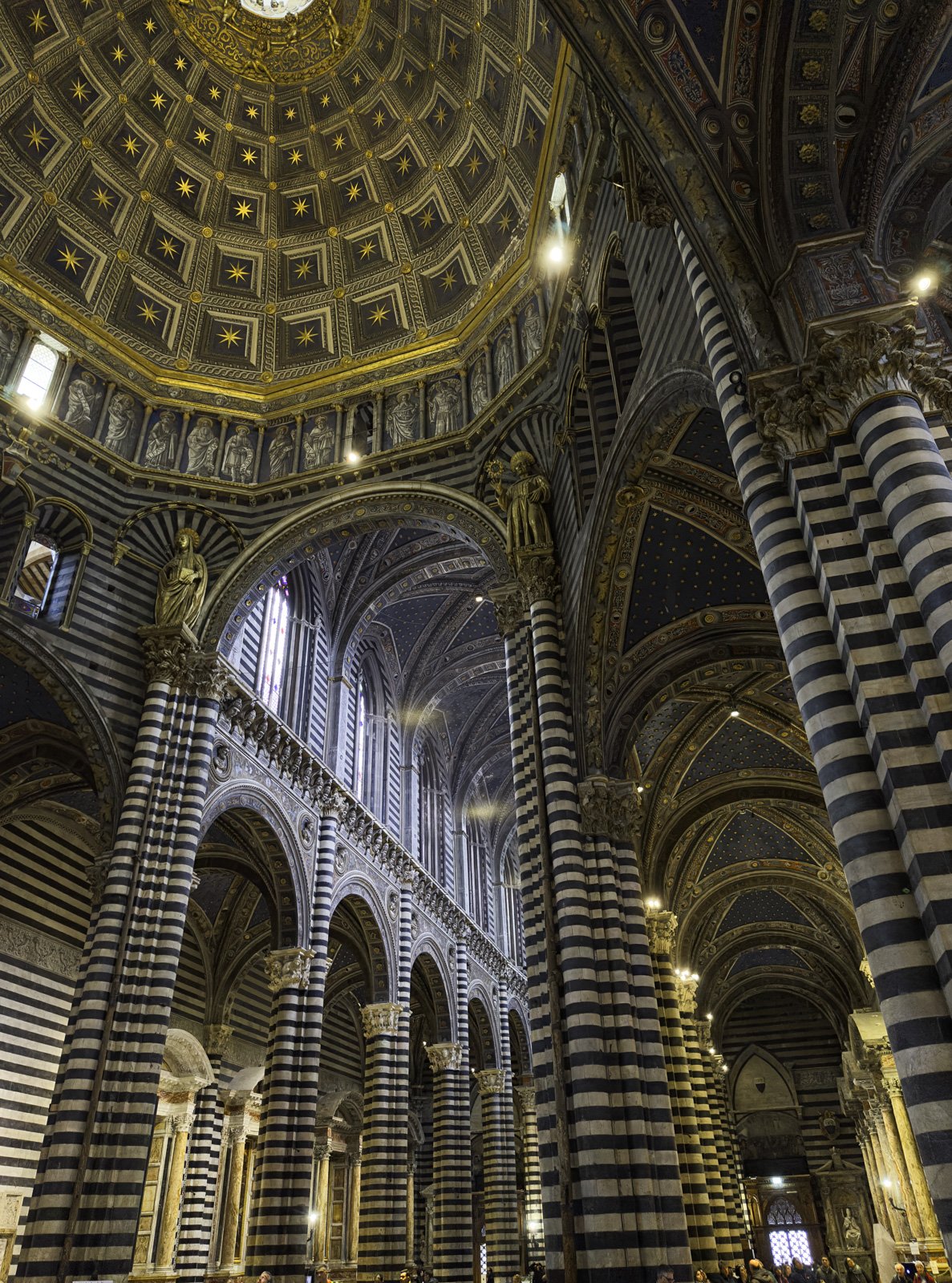
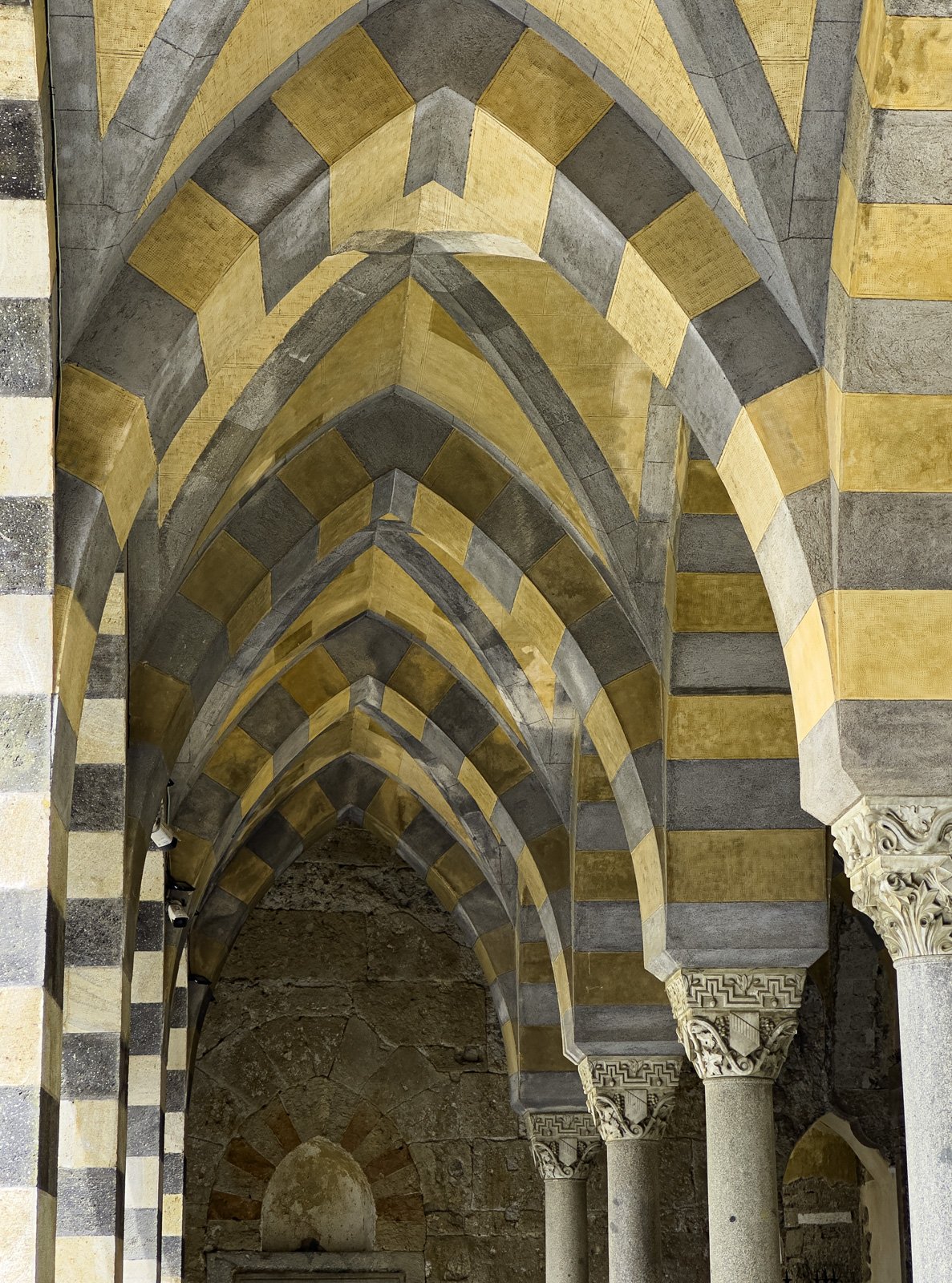
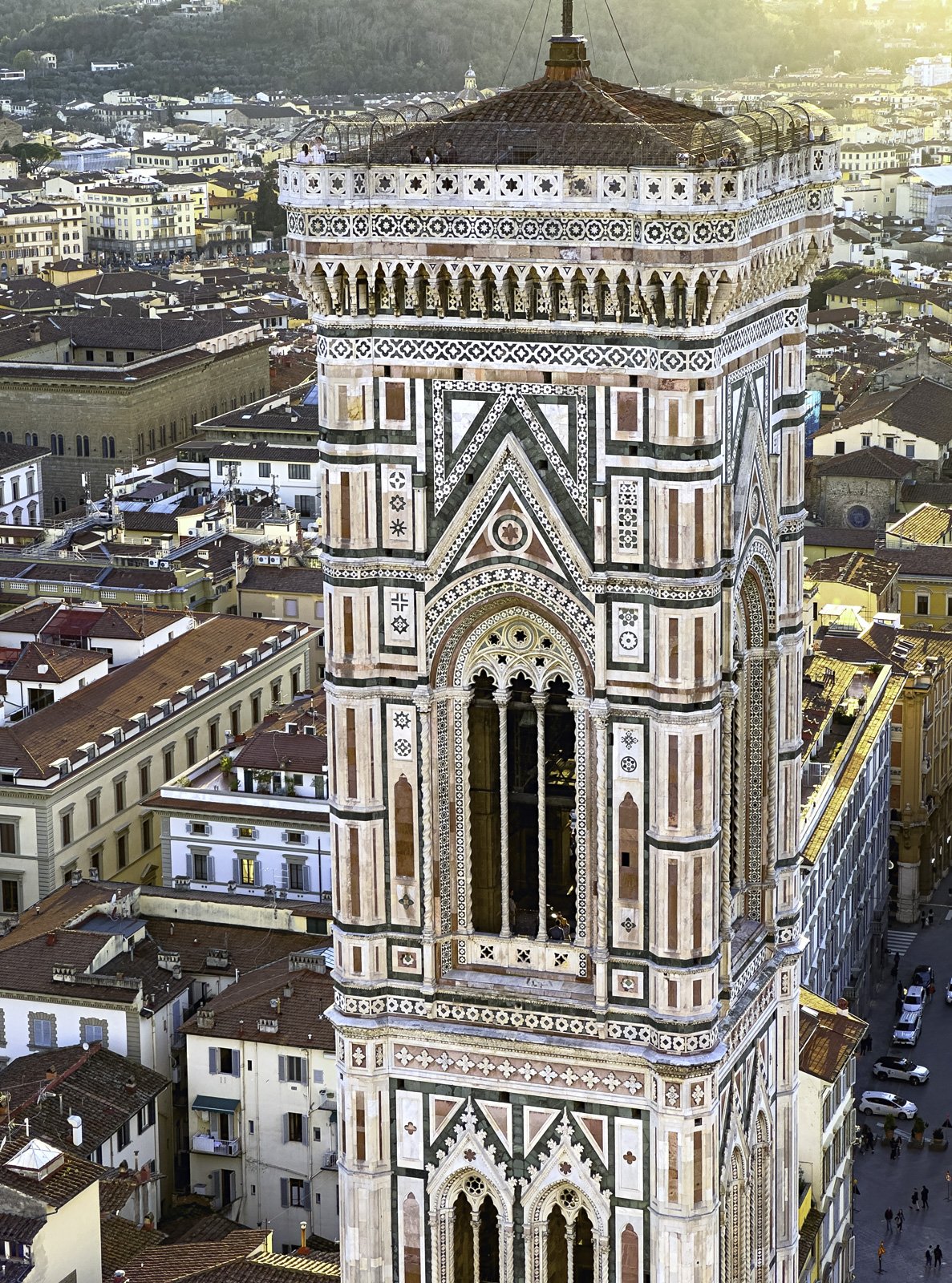
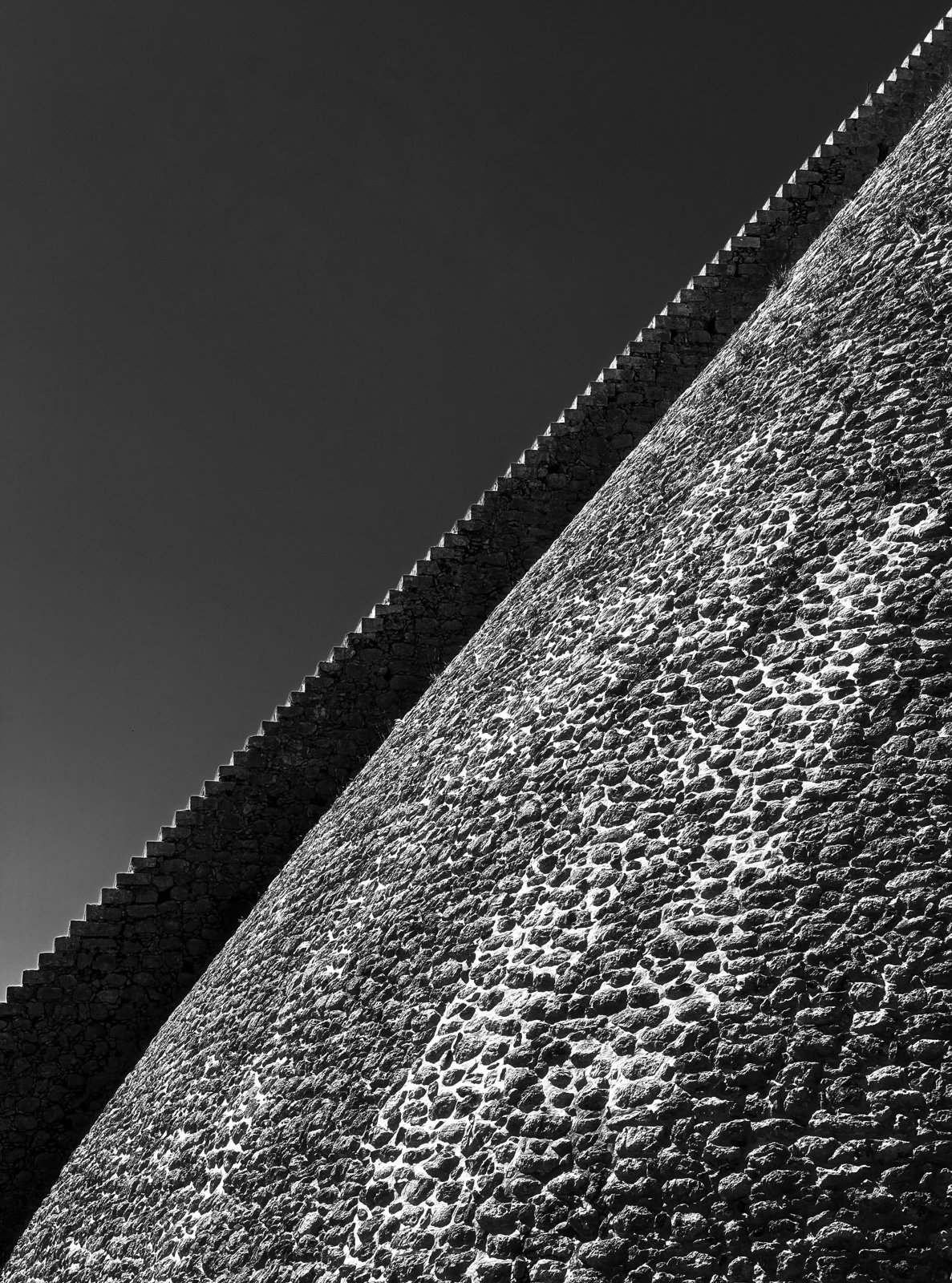
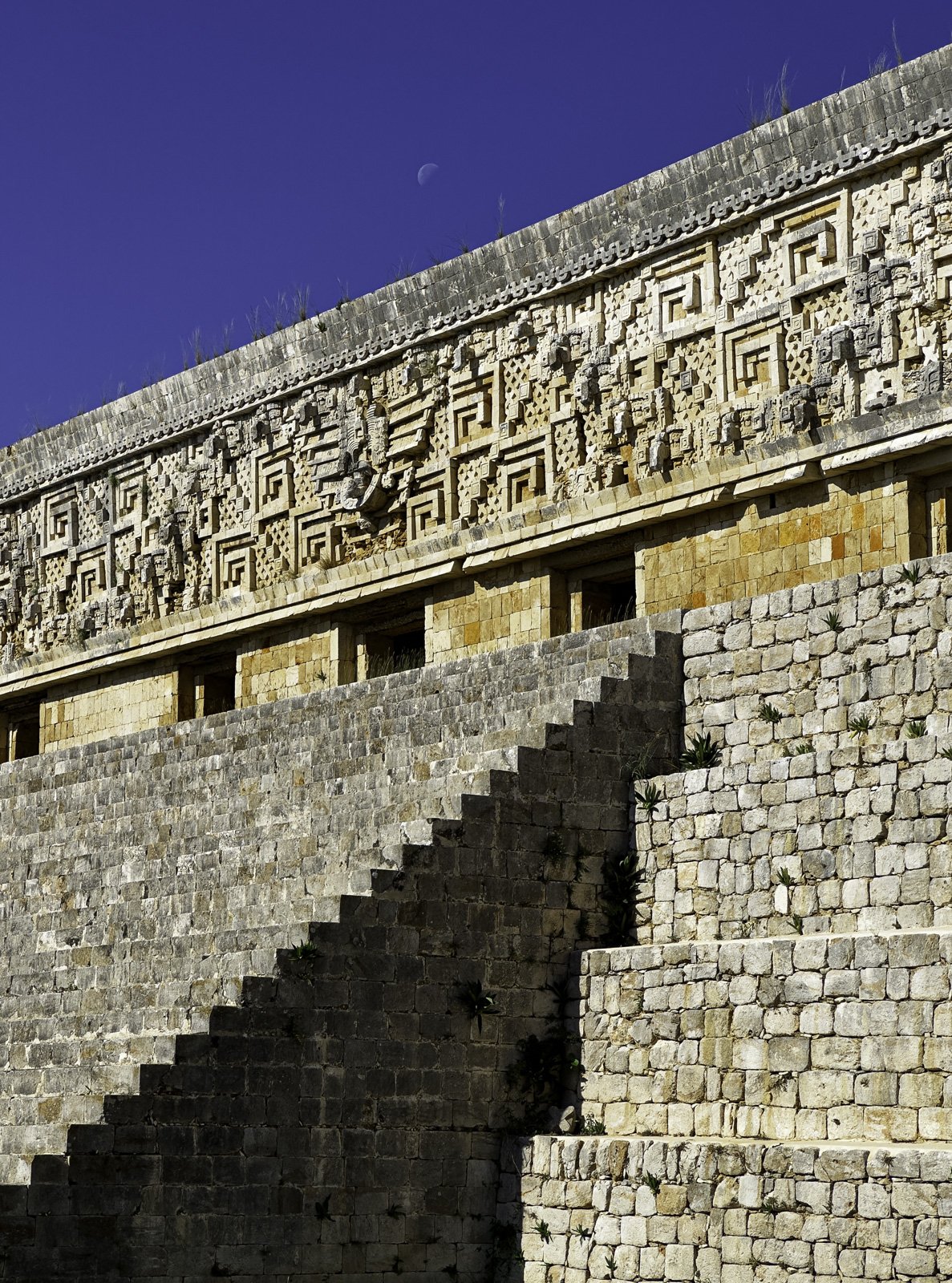



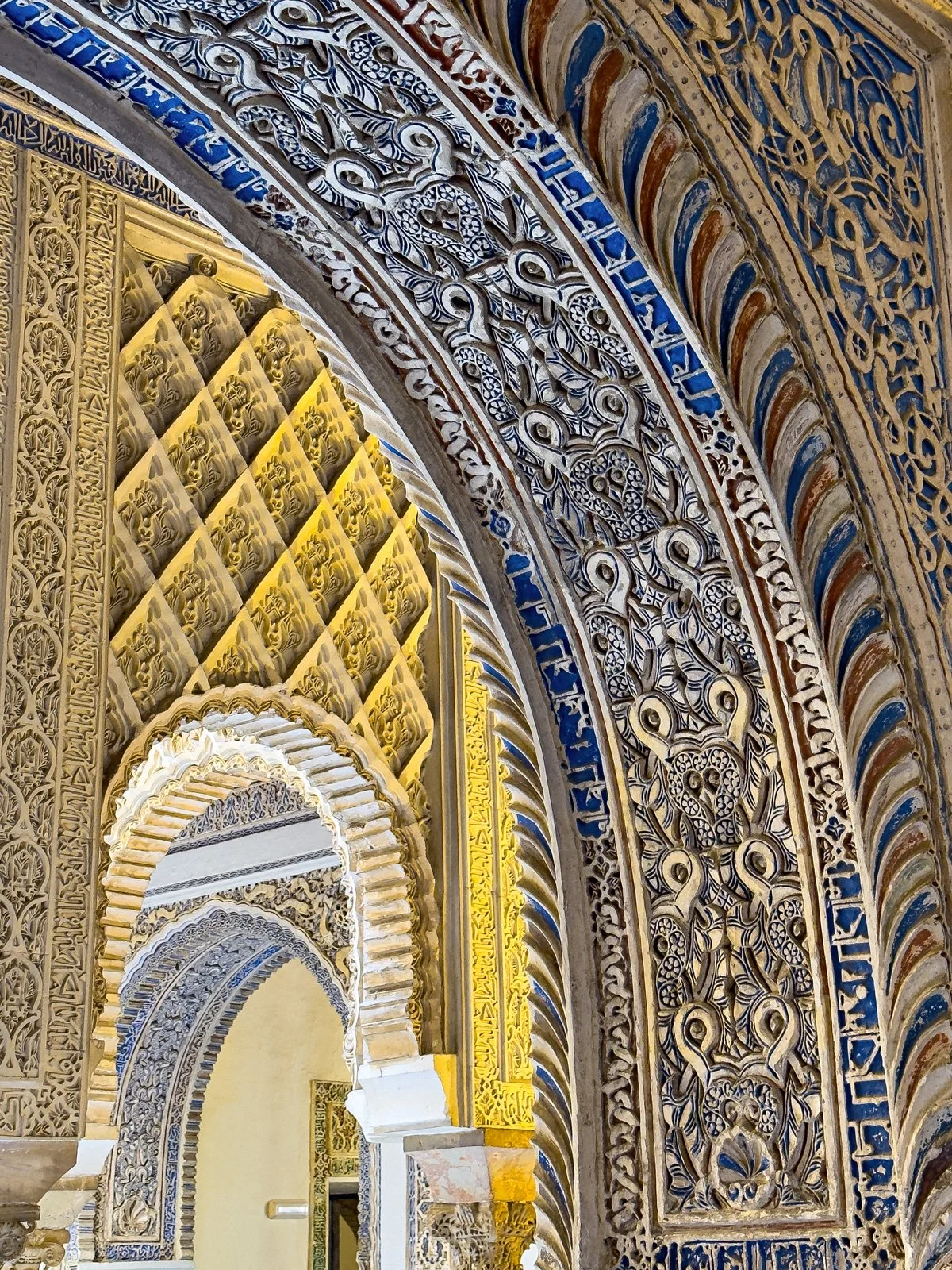
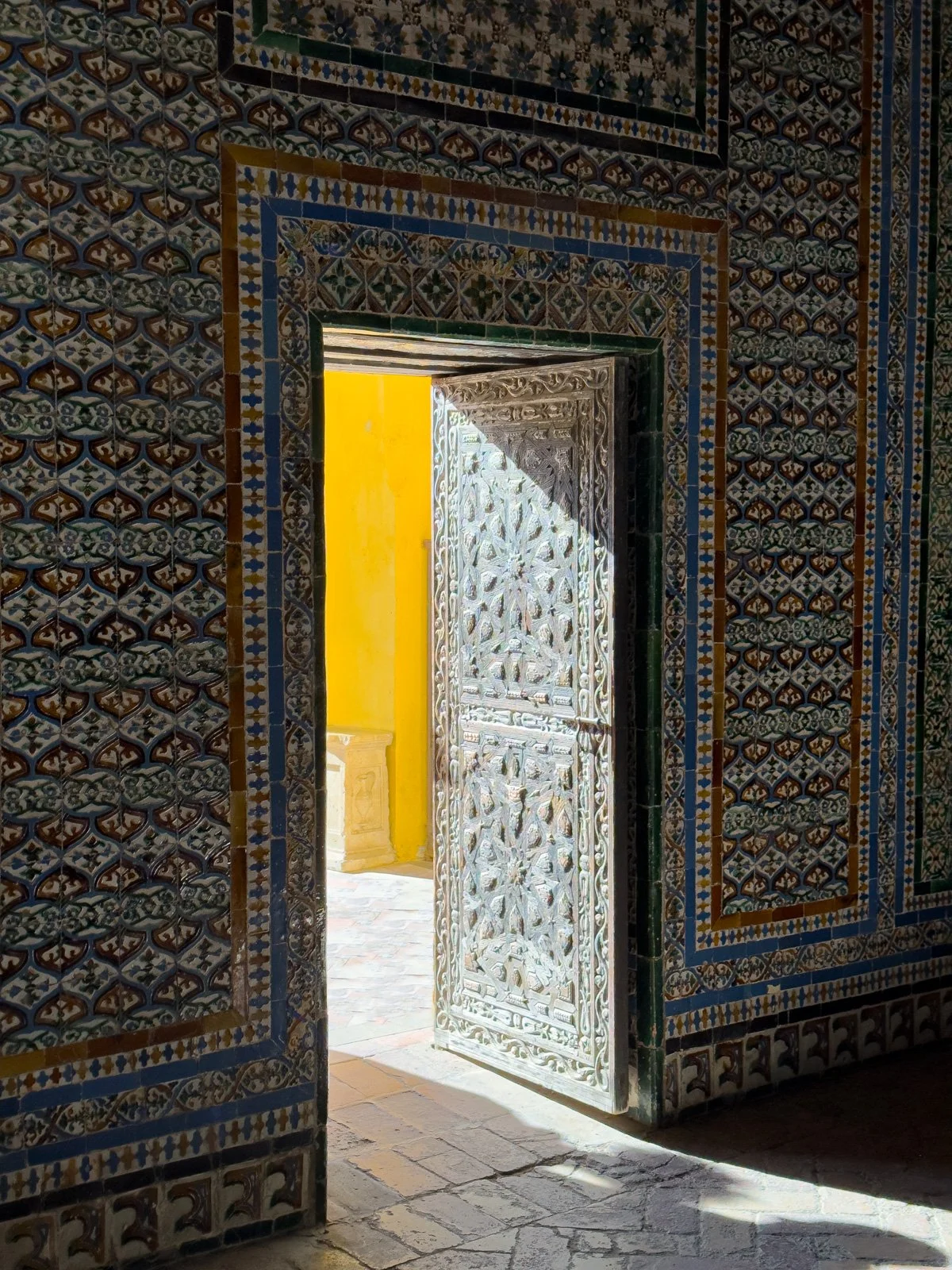
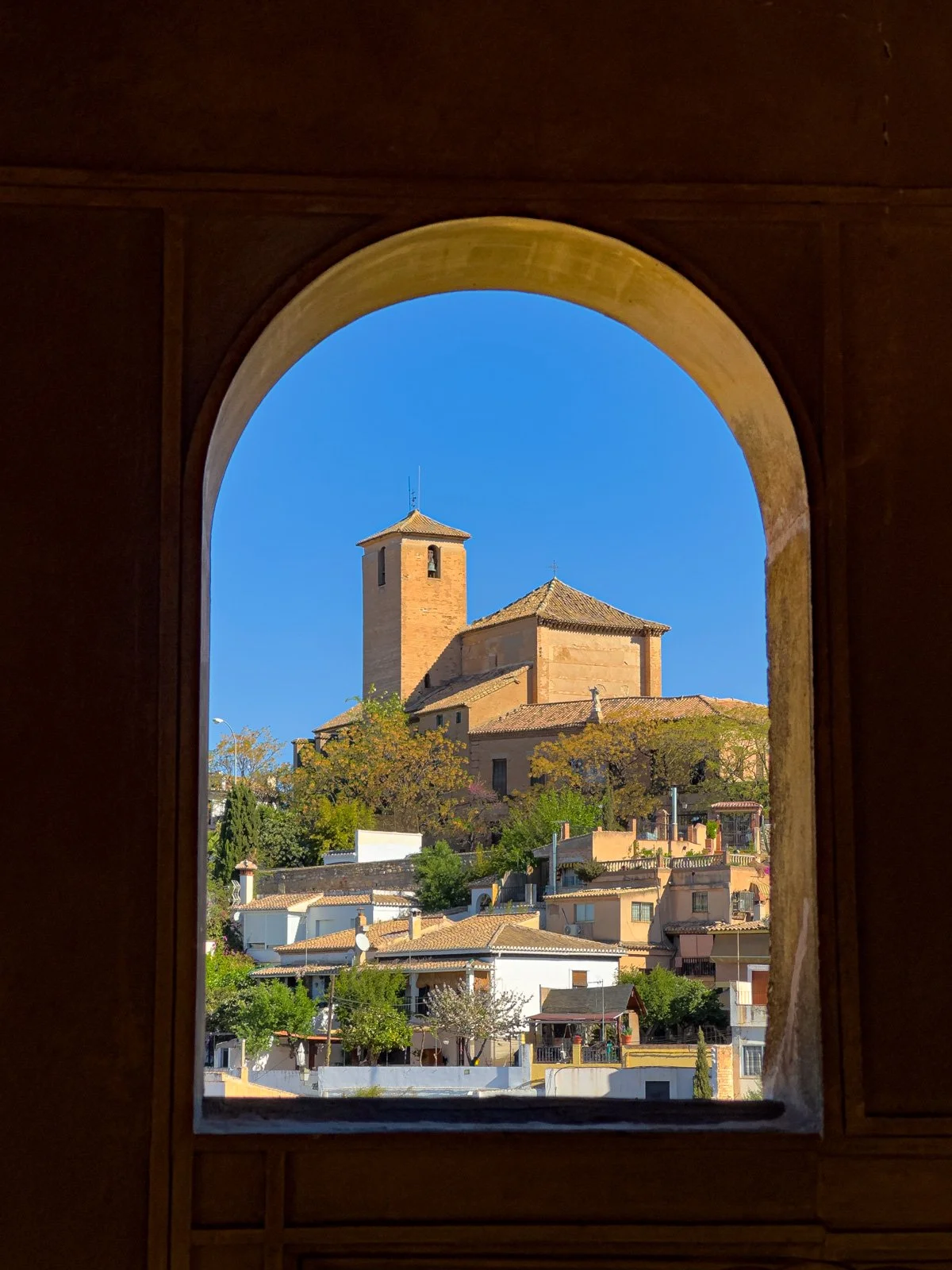

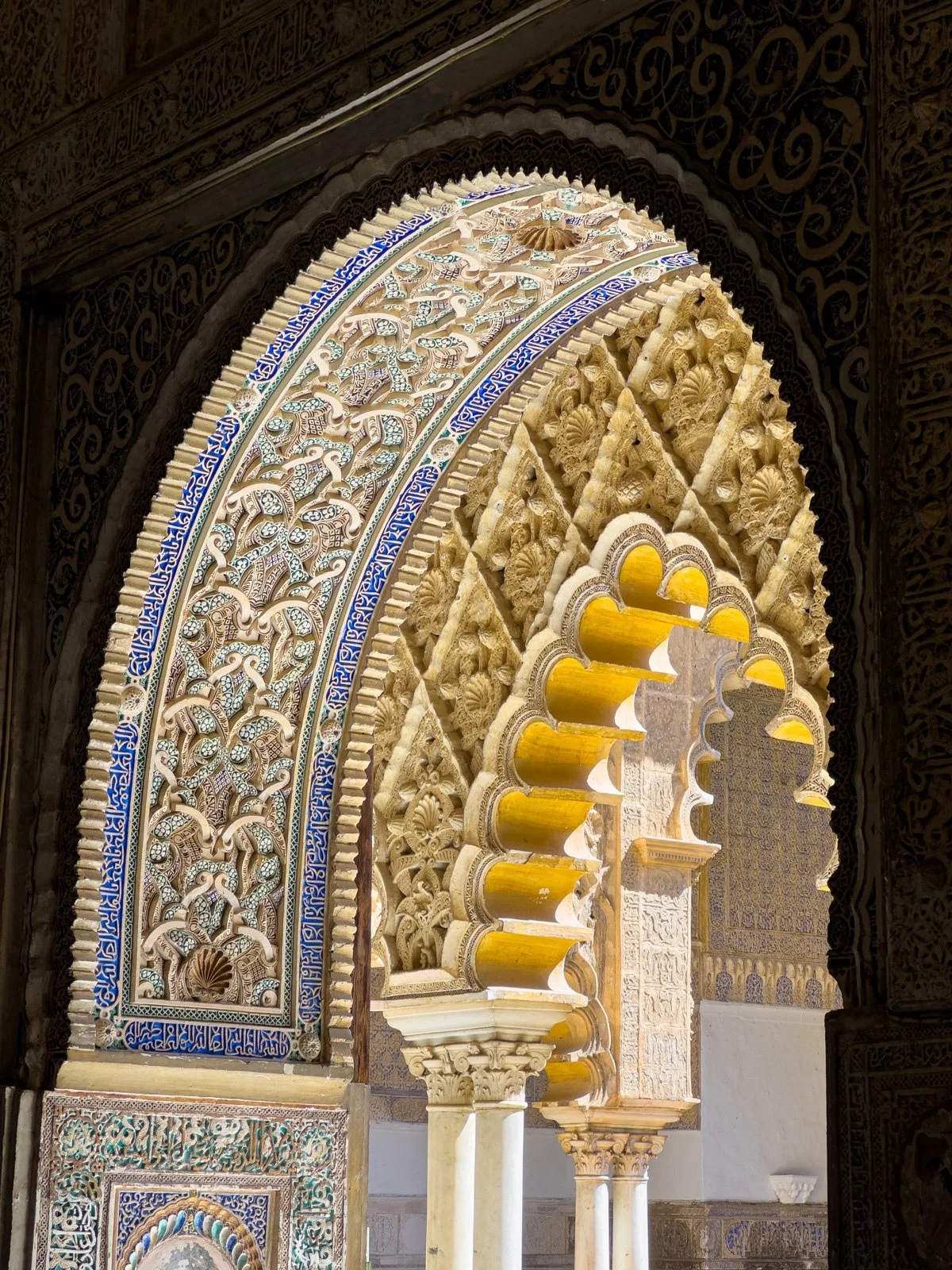
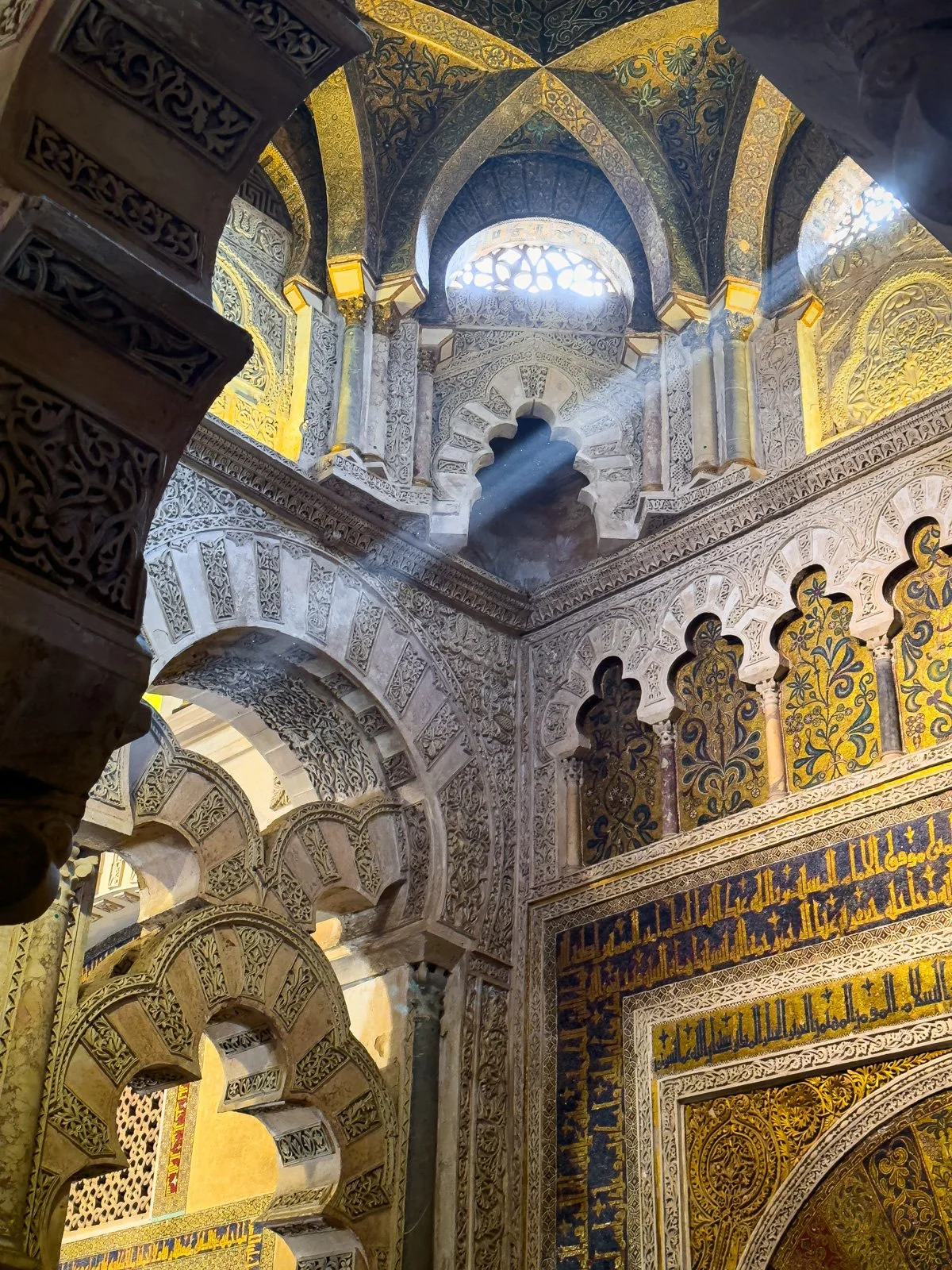


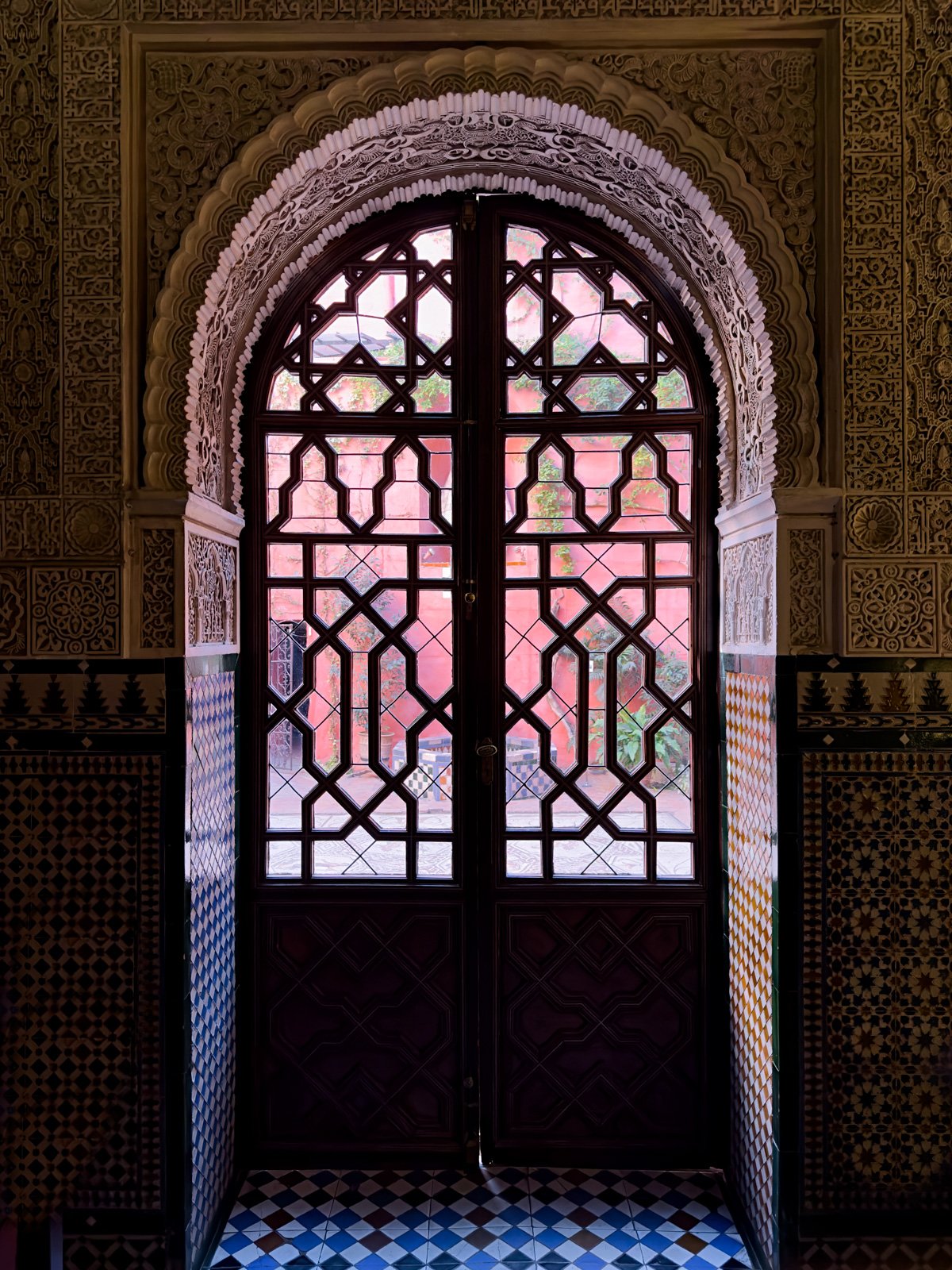



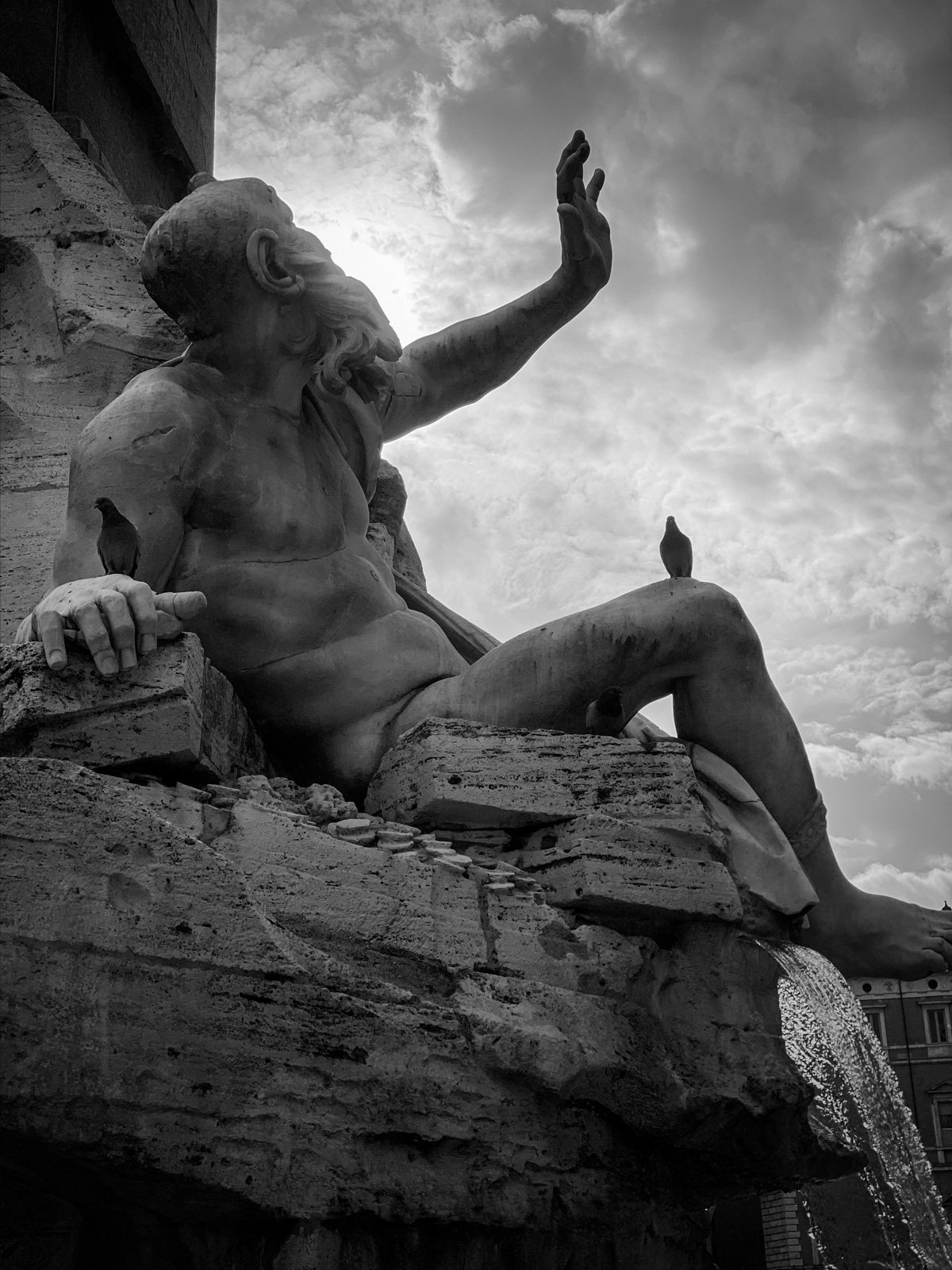
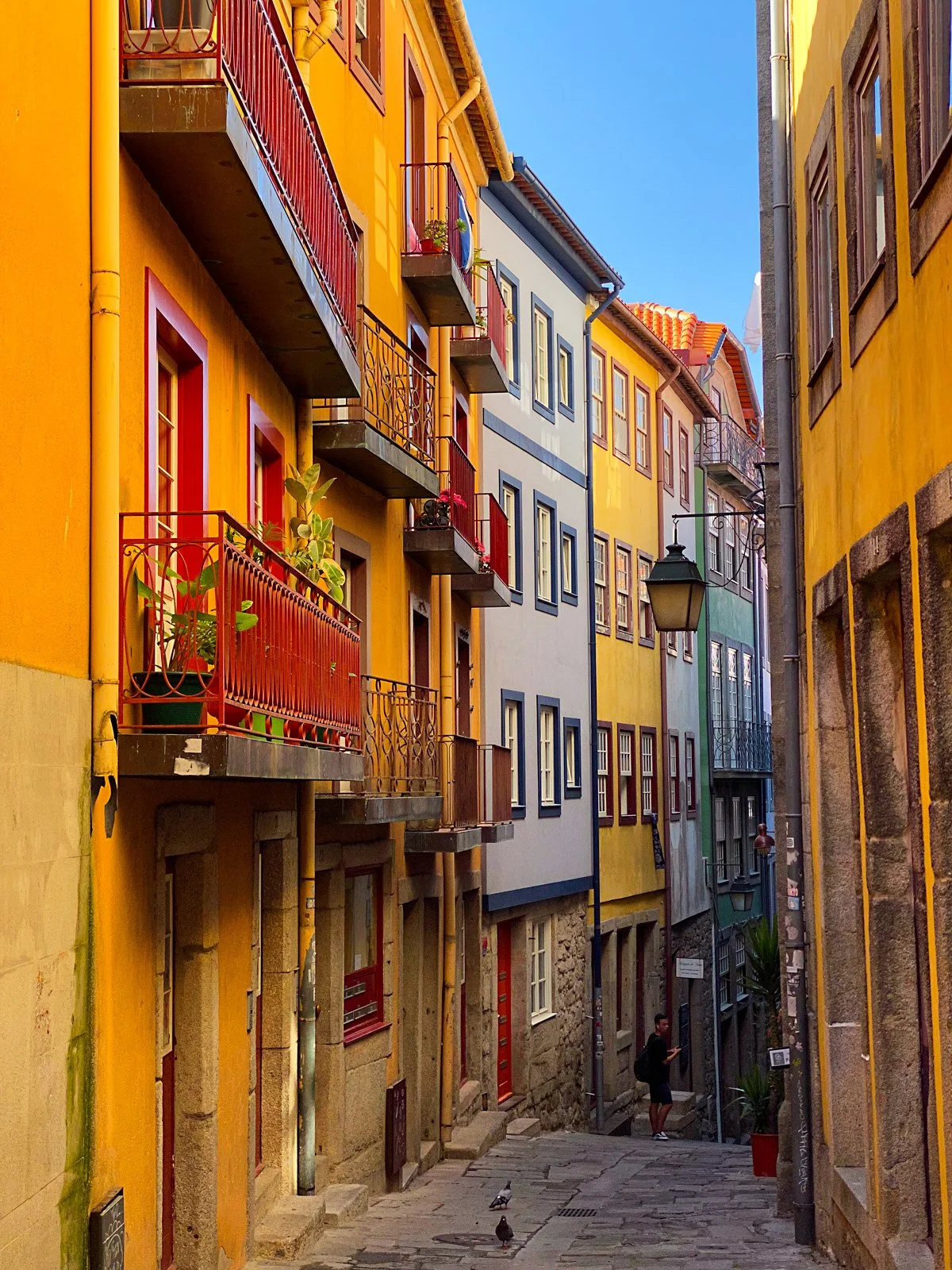


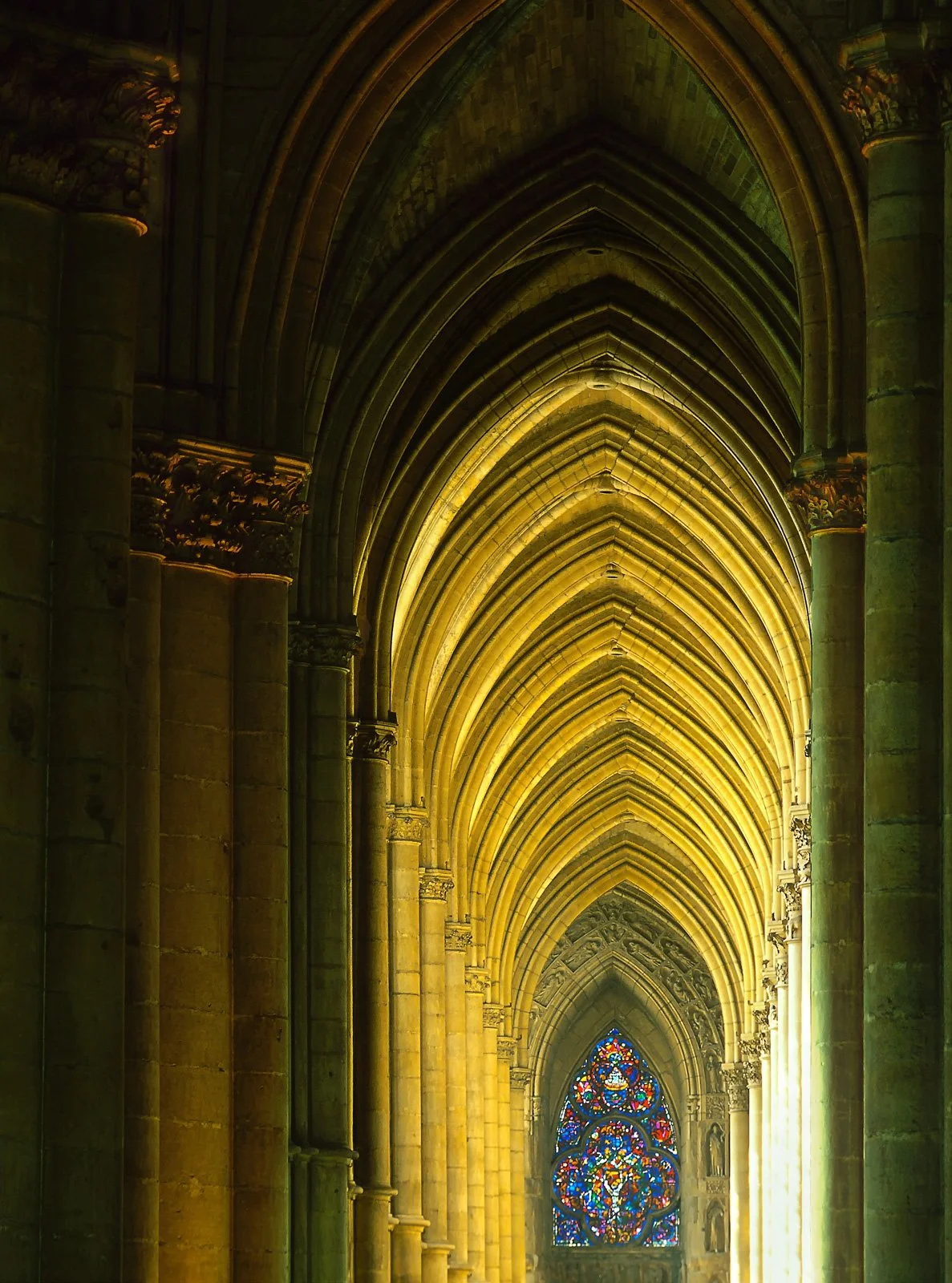


Gothic iron gate in front of a stained-glass window in the Bourges Cathedral, Bourges, France.